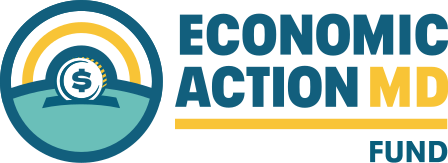News
Put Maryland Patients First and Reduce Medical Debt
Background
Medical debt remains an issue in Maryland and one that disproportionately affects Black patients. According to a 2023 poll that Economic Action commissioned, 14% of Marylanders have debt related to medical services they can’t pay with the percentage rising to 23% for Black households.
In the past five years, Economic Action has worked with legislators and coalition partners to pass some of the strongest protections in the country. But there is much more work to be done.
The Problem and Solutions
Hospital Debt
Hospital debt remains an issue in Maryland. With rising costs of healthcare, high insurance deductibles, and the skyrocketing costs of basic goods, many low-income and working families need more financial assistance than ever. HB268 puts patients first by:
- Creating a consistent standard for reduced-cost care financial assistance across all Maryland hospitals
- Expanding notification of hospitals financial assistance policies
- Banning reporting of medical debt to credit reporting agencies
- Banning outpatient or hospital debt lawsuits of $500 or less-helping approximately 3000 patients each year.
Outpatient Debt
Our poll found that 44% of Maryland households said their debt was from outpatient services including dentists, dermatologists, ob/gyns, diagnostic testing, and other necessary services. Many of these healthcare providers and services will sue to collect the debt and place a lien on a person’s home. SB349 puts patients first by:
- Banning liens on homes for outpatient debt including high-cost medical credit cards
- Eliminates the practice of automatically placing a lien on a home for any debt that relates to healthcare/medical services.
Please ask your Maryland legislators to vote YES on SB349 and HB268!
